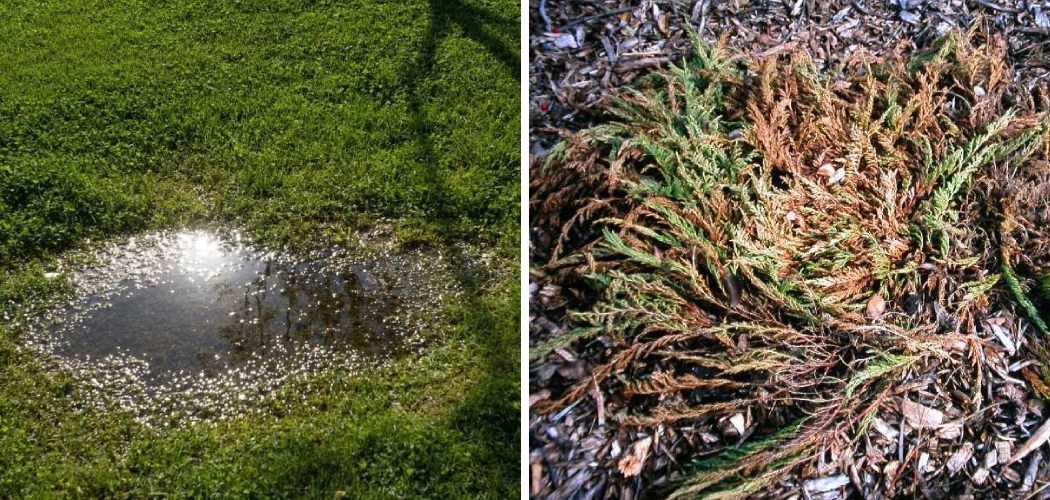Do you have soggy patches of grass on your lawn that won’t go away? You must know how to fix overwatered sod. If so, chances are you’re dealing with overwatered sod. Although it’s easy to do, overwatering can cause major damage to your lawn if it is not addressed quickly.
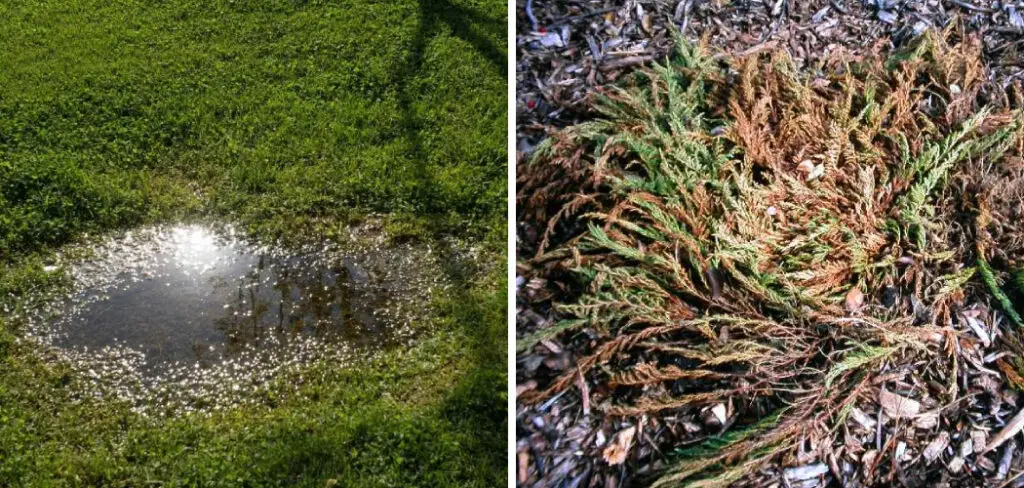
But don’t worry – there is a solution! In this blog post, we’ll cover the basics of why and how to fix an overwatered sod problem. Read on for tips on troubleshooting and bringing life back into that weary turf!
Tools You Will Need
- Soil knife or trowel
- Aerator shoes or spikes (optional)
- Rake
- Organic matter, such as mulch, compost, and topsoil
- Grass seed (depending on the severity of damage)
6 Steps Guide on How to Fix Overwatered Sod
1. Identify the Problem:
When sod is overwatered, it can bring a variety of problems to your lawn including shallow root growth, shallow surface roots, an increased risk of disease and pests, increased soil compaction, and more water runoff. The first step in fixing these issues is to properly identify the problem. Overwatering is usually judged by an uneven growth pattern or brown patches on your lawn.
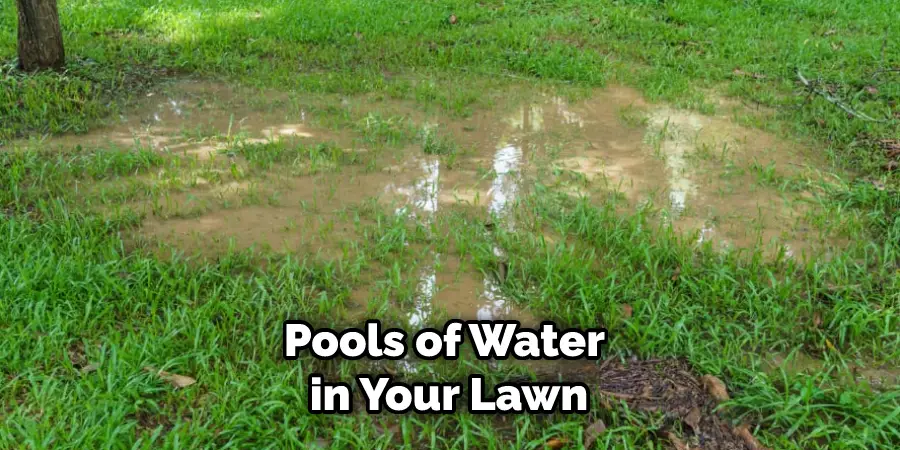
Another symptom that indicates you’ve been overwatering is when you have standing pools of water in your lawn after watering. Once you’ve pinpointed the issue, making adjustments to improve water management practices such as water scheduling and proper irrigation techniques can go a long way toward restoring a healthy lawn.
2. Clear Away Affected Areas:
Overwatering your lawn can lead to problems like grass that is weak and more susceptible to disease. To fix a sod that has been overwatered, it’s important to clear away the affected areas as soon as possible. You should also remove any old sod and roots, as well as anything else that may be preventing the water from being absorbed properly.
This will allow for better drainage and help to reduce damage caused by excess moisture. After cleaning away the old sod and any other growth, you can give your lawn new life with fresh soil and fertilizer that will help promote healthy growth. With proper care, your lawn will become lush and vibrant once again.
3. Add Organic Matter:
Adding organic matter to an overwatered lawn can help bring it back to life. Compost, manures, grass clippings, and shredded leaves are good natural fertilizers that can provide the soil with beneficial microorganisms, nitrogen, phosphorus, and other essential plant nutrients.
Organic matter also helps loosen compaction and improve water infiltration which can help the soil hold sufficient moisture for the roots of the lawn.
Adding compost or other organic material lets your grass absorb nutrients slowly over time, so you don’t see one big growth spurt than a crash like with some synthetic fertilizers.
Improve the soil health in your lawn by regularly adding organic matter – it’s essential for reviving an overwatered sod!
4. Replant Grass Seeds:
Replanting grass seeds to fix overwatered sod can be a great way to save time and money. The process of reseeding your lawn helps encourage new growth of grass and reduce the water damage that originally caused the area to become too soggy.
The most important step in replanting grass seeds is soil preparation, which implies getting rid of any weeds, stones, or debris that can be preventing the seeds from properly taking root, as well as loosening up the soil so new roots can take hold efficiently.
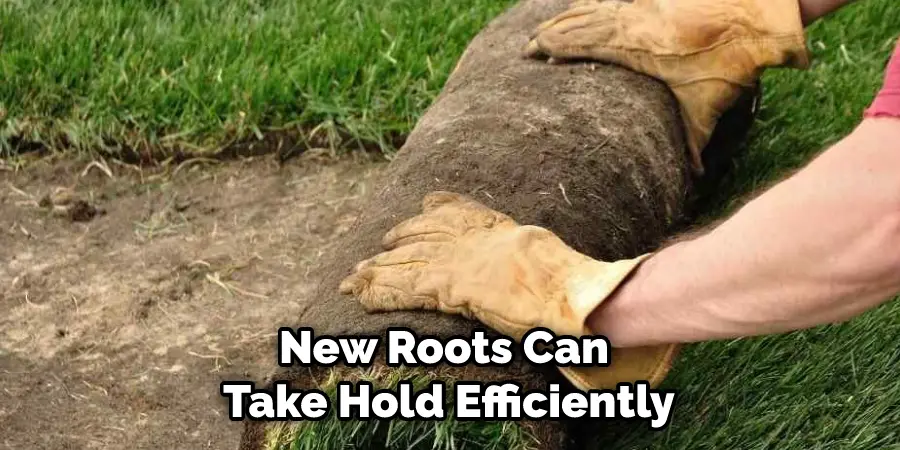
After that, you’ll want to use garden tools such as a rake or tiller to spread and level everything out for even coverage of fertilized grass seed. Finally, give your new turf a light watering every day until it has fully germinated, and start with mowing once it reaches 3” tall!
5. Water Properly:
Watering your lawn is essential for maintaining its health and look, but overwatering can become a problem if it’s done too often or left on for too long.
To fix this issue, you need to start by identifying the signs of overwatering: yellow spots throughout the sod, lack of grass and plant growth, puddles that form after rain or during watering, and an inability to keep enough moisture in the soil.
From there, regulate your waterings – they should occur around twice a week (depending on the climate), with short bursts (10 minutes per zone) instead of prolonged timings. Adjust the timing if necessary; you’ll know when it’s right when results begin appearing – such as increased greenness in areas where there were yellow spots before.
Keep in mind that while over-watering is a common mistake among homeowners, combating it correctly will bring your sod back to life sooner than you think!
6. Mow High:
Overwatering your sod can result in major damage if left unchecked. Fortunately, the solution is often quite simple: mow high. By mowing your lawn at the highest safe setting for your particular grass, you’re allowing more air to penetrate deep into the soil. This helps dry out excess water and encourages beneficial microbial activity.
In addition, taller grass is better able to withstand foot traffic and temperature extremes, helping it to rebound faster from overwatering stressors. Cutting too low will damage or even kill this precious resource and should be avoided whenever possible.
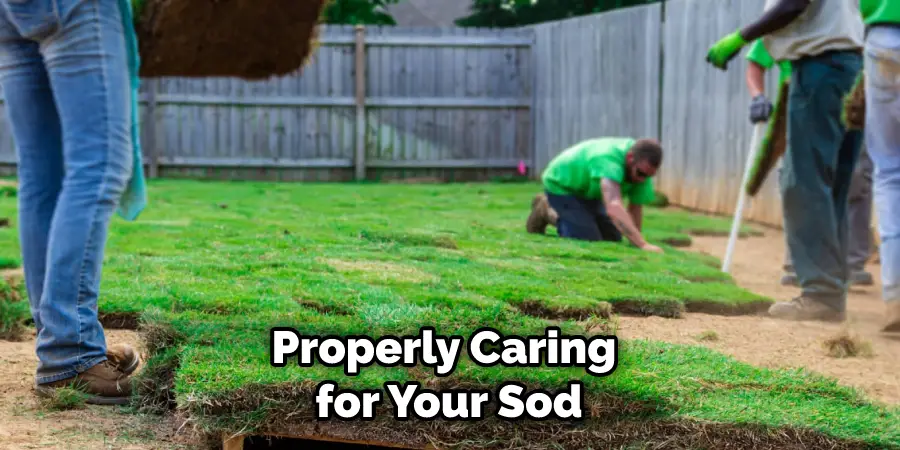
By following these tips and properly caring for your sod, you can ensure that it remains lush and green all year long! If you’re still having issues with overwatered sod, contact your local lawn care professional for additional advice and support. Good luck!
Tips to Fix Overwatered Sod
- The first step in fixing overwatered sod is to check the drainage. If the soil is poorly drained, water will pool on the surface and the roots of the sod will not be able to get the oxygen they need. To improve drainage, you can add organic matter to the soil or install a drainage system.
- Another way to improve drainage is to aerate the soil. This can be done with a hand tool or a power aerator. Aerating the soil will create holes that will allow water to drain more easily.
- Once you have improved the drainage, you will need to remove any excess water that has pooled on the surface of the sod. This can be done with a garden hose or a pump.
- After removing the excess water, you will need to apply fertilizer to the sod. This will help to replenish nutrients that may have been lost due to overwatering.
- Once you have fertilized the sod, you may notice some bare spots where grass has died. These spots can be reseeded with new grass seeds.
- One of the most important things you can do to prevent overwatering is to water deeply but infrequently. This means watering the sod until it is saturated, but then waiting until the top inch of soil is dry before watering again.
- Mulching your sod can also help to prevent overwatering. Mulch helps to regulate moisture levels in the soil and can also help to prevent evaporation from occurring.
- If you live in an area that receives a lot of rainfall, it is important to monitor rainfall levels and adjust your watering accordingly. Too much rain can cause as much damage as too little water, so it is important to be aware of how much rain your area is receiving.
How to Revive Your Brown, Patchy Grass After Overwatering?
Reviving a brown, patchy lawn after overwatering can be incredibly daunting if you’re not sure of the right steps to take. To bring your grass back to life, start by identifying what type of grass you have and then research watering schedules based on that type. Be sure to water less frequently but deeply throughout the summer months with frequent mowing.
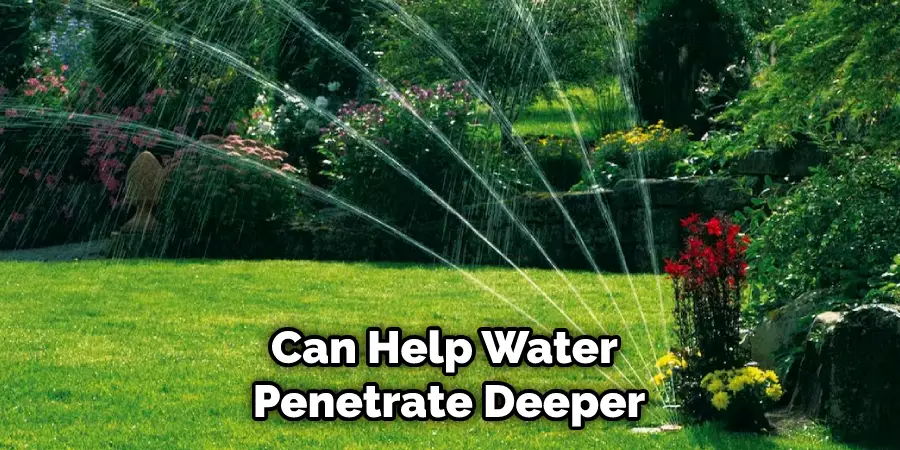
Get rid of any weeds that are emerging in the damp soil and improve soil quality over time by adding low-nitrogen or organic fertilizers or compost. Additionally, aerating can help water penetrate deeper into the soil and enhance thatch breakdown while increasing air exchange between the soil surface and the atmosphere.
With dedication, patience, and care, it is possible to bring your brown patchy grass back into its lush condition once more!
How Mulching Can Help Prevent & Repair Overwatered Sod Damage?
When used correctly, mulching can be an essential tool in protecting your lawn from overwatering defined as applying too much water. It is important to note that not just any mulch can work for this purpose.
Bark and wood chips that are two or three inches thick are ideal for retaining water, reducing the surface area exposed to direct sunlight, and slowing the rate at which moisture evaporates out of the soil.
Mulching also helps by trapping heat during the day so that it isn’t lost at night – a common issue with overwatered grass. Not only does mulch protect against overwatering damage, but it can also repair existing damage caused by overwatering by allowing more rapid customer of nutrients through its improved soil structure while giving roots better access to oxygen.
Fortunately, mulching is easier than ever with products like rubber mulch mats which are perfect for people without time to manage materials like wood chips regularly. Put simply, mulching is an effective way to prevent and even repair damage caused by overwatering grass!
How Proper Fertilization Can Help Restore an Overwatered Lawn?
Overwatering your lawn can cause a range of issues, from making it hard for grass roots to absorb oxygen to creating patches of unhealthy turf. However, proper fertilization is an effective technique for restoring balance and livening up an overwatered lawn.
Fertilizer helps provide the lawn with necessary nutrients which stimulate growth and makes plants more resilient and able to tolerate more unfavorable conditions.
Regular applications of fertilizer also help prevent further damage due to poor soil nutrients and will eventually give the grass a healthy, vibrant color as well as greater durability to survive harsher weather or environmental changes.
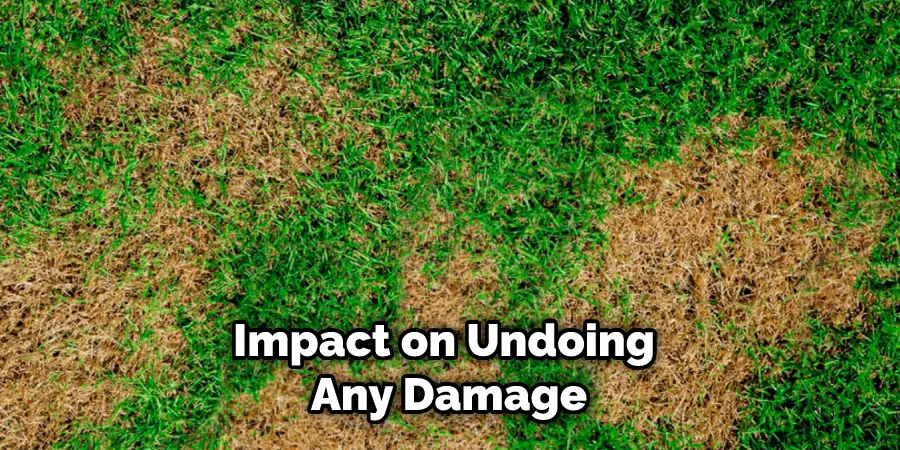
With some careful maintenance, properly fertilizing your lawn can have a significant impact on undoing any damage that may have been caused by overwatering.
Conclusion
Fixing overwatered sod is a difficult endeavor, but through proper management and diligence, you can minimize the water damage to your yard. You should carefully determine how to fix overwatered sod. You need to adjust your watering schedule, making sure that you don’t saturate the soil with too much water.
Once you are done, it is important to make sure that any areas that have suffered from the excess water are aerated thoroughly so that the roots of your sod can breathe again. Fertilization may also be necessary so that your grass can recover quickly if it has experienced ring blights or dead spots.
You’ll want to protect the area by covering it with mulch or straw to lock in moisture and discourage weed growth. With these steps, you’ll be able to get your sod back on track in no time!

